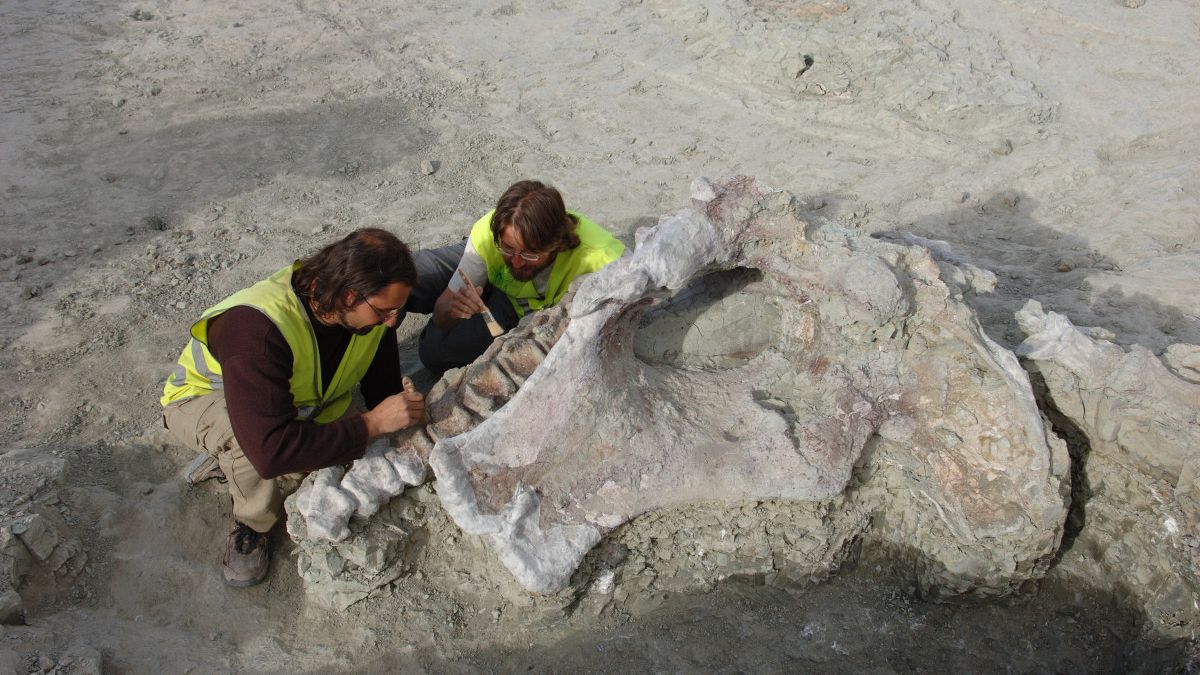A new species of sauropod dinosaur from the Upper Cretaceous has been identified in the Lo Hueco deposit in Spain's central Cuenca region. The discovery reveals that there were endemic and migratory species in Europe. In 2007, during work on the Madrid-Levante high-speed railway line, fossils were collected of one of the last giants to inhabit Europe before the extinction of the dinosaurs.
Qunkasaura pintiquiniestra is the name of the new species of dinosaur that lived on the Iberian Peninsula 73 million years ago. "Qunkasaura is a sauropod dinosaur that lived on the Iberian Peninsula in the Upper Cretaceous. We know that this dinosaur lived in Cuenca and died there.
It probably belonged to a group at least spread across the Iberian Peninsula, and this one in particular belonged to a lineage that we believe had a distribution that had affinities with other sauropod dinosaurs from European and Asian territory," explains Pedro Mocho. The , from the University of Lisbon's Dom Luiz Institute of the Faculty of Sciences, is part of the team that made the discovery, published in the journal . The new species belongs to the sauropod group, which are distinguished by being large, long-necked and long-tailed herbivorous dinosaurs that are rare in the rest of Europe.
Qunkasaura pintiquiniestra stands out for being one of the most complete sauropod skeletons found in Europe. From this specimen found at the Lo Hueco site, it was possible to collect cervical, dorsal and caudal vertebrae, p.


















